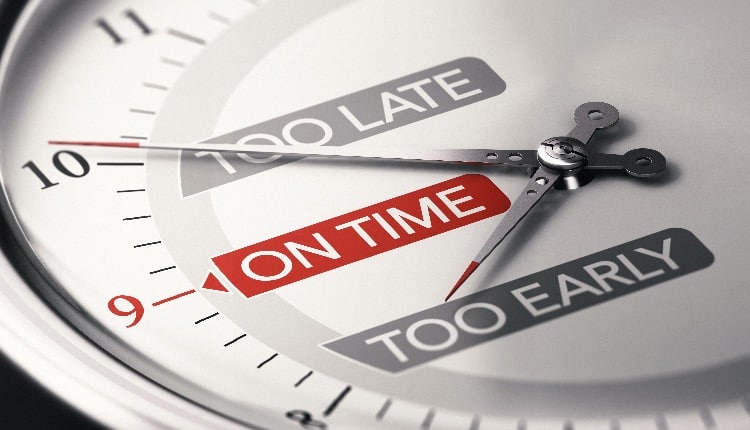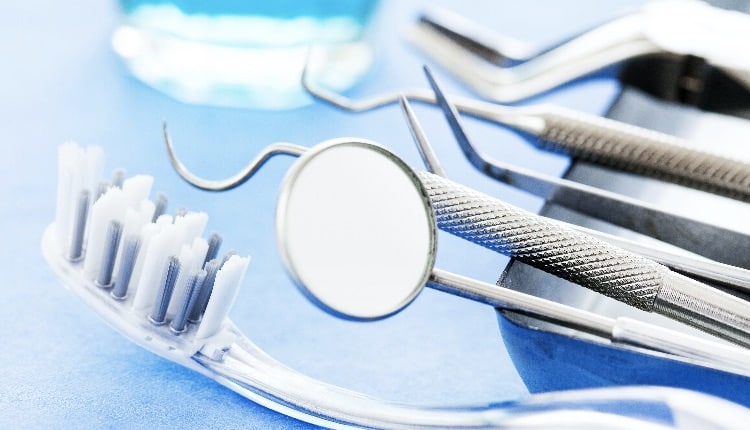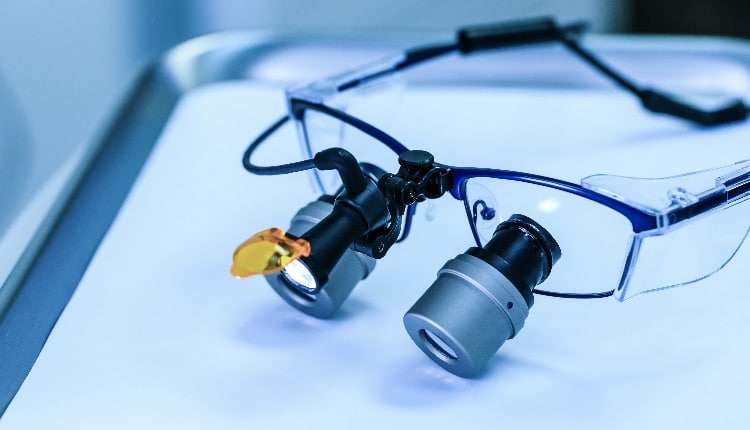
Instruments are only designed to last a certain amount of time. However, the average lifespan of instruments is difficult to answer as it depends on many factors, including frequency of use. It takes approximately 15 strokes for an instrument to begin losing its sharp edge, whereas 45 strokes start to create a rounded cutting edge. Instruments may need to be sharpened after every patient if you see a high volume of patients with significant calculus.
Photo Credit: SlobodanMiljevic / iStock / Getty Images Plus

Timing Is Key
The timing of sharpening is important. If you are taking care to maintain consistently sharp instruments, then sharpening will not require much metal removal. If you wait until they are extremely dull, then you will need to spend more time sharpening to recreate the sharp edge. Many sharpening strokes will remove more of the metal. In addition, if the previous sharpening is not precise, then not only is a sharp edge required, the shape of the working end will need to be recontoured to look like the original instrument.
Photo Credit: Olivier Le Moal / iStock / Getty Images Plus

Sharpening Technique
With any sharpening technique, you need to be careful to control the pressure used when sharpening. If you have little to no control over the amount of pressure, the instrument can be ruined. Heavy pressure removes more metal at a faster pace. Losing the width or length of the instrument can result in breakage or the instrument being rendered ineffective for calculus removal. Purchasing instruments that maintain their edge longer may extend their lifespan for a certain amount of time. Instruments that never need sharpening are also an option; however, they must be thrown away when they become dull.
Photo Credit: seb_ra / iStock / Getty Images Plus

Retipping Is Not the Answer
Retipping is not a safe alternative to sharpening or replacing instruments. Instruments have been precisely made by the manufacturer and retipping interferes with their design.
Photo Credit: Harbucks / iStock / Getty Images Plus

Strategies to Improve Longevity
Ultimately, there is no magic timeframe for instrument replacement, as there are too many factors that impact longevity. However, following are a few tips to lengthen the lifespan of instruments and maintain their efficacy.
1. Find a technique or device that you are comfortable using and that enables you to remain in control. You may need to take an instrument sharpening course to refresh your memory.
2. Sharpen at the first signs of dullness, so you don’t need to use heavy pressure or remove much metal to get a sharp edge.
3. Sharpen the entire cutting edge from heel to toe to maintain accurate instrument contour and shape. With curets, round the toe every fourth or fifth time they are sharpened.
4. Examine instruments frequently with loupes to look for thinning in the width or length. Keep a new instrument on hand to compare with old instruments. Instruments that do not maintain their contour and shape will be difficult to use.
5. Stagger the purchase of new instruments so you are not replacing them all at once.

